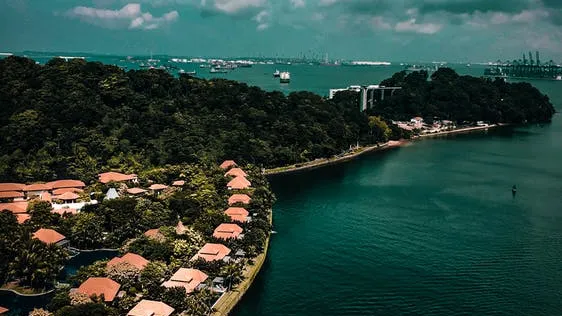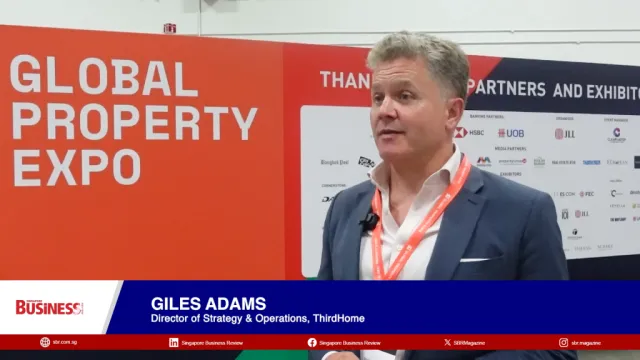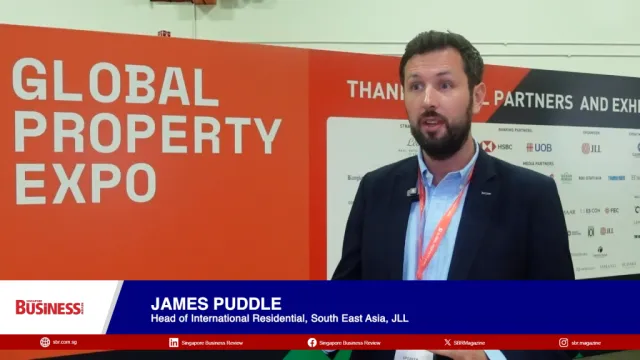
What does the future look like for Singapore’s residential market?
There are two factors that will continue to drive demand.
Notwithstanding the economic uncertainties arising from the US trade tariffs, though new sales since April have slowed, prices are still rising. According to a Savills report, this resilience comes about from the store of wealth of the baby boomers as well as rising HDB resale prices which closed the price gap for upgraders.
“Although new sales in Q2/2025 may be affected somewhat by the fallout in sentiments caused by the US tariffs, we believe that the two factors that had supported demand will continue to be the driving forces keeping new sales going,” the report said.
Here’s more from Savills:
Over the past decade, the median size of units sold for new launches have been inching up. This should continue if HDB resale prices carry on increasing at a faster pace than non-landed private residential properties. In Q1/2025, the Resale Price Index for HDB flats rose 1.6% QoQ, double the rate of the URA’s Private Residential Property Price Index. This is more than 5 times the price increase for private non-landed homes in the OCR and slightly below the 1.7% QoQ increase for those in the RCR.
This developing trend would mean that more 3-room apartments could be injected into a new project and that gives developers and architects greater freedom to design and provide for different unit types with the 85 sq m imputed average size for non-Central Area new builds.
We are beginning to see evidence of the increasing popularity of the 3-bedroom apartment during the first weekend of launch when Lentor Central Residences and The Orie saw strong take-up for such unit types.
However, market research and agents hyping into the surrounding HDB estates is still important because the sale rate pattern of larger units is still not uniform across the RCR and OCR.
The 0.8% QoQ price increase in Q1/2025 could be a quarter where the increase levelled off after the URA PPI rose by a sharp 2.3% QoQ in the last quarter of 2024. However, the rate of price increase is expected to increase in the subsequent quarters as more projects are launched at prices that are likely to set new benchmarks in their respective locations. If there are no market disruptions or government interventions to cool the market, we maintain that prices could rise by up to 7% this year.



















 Advertise
Advertise





